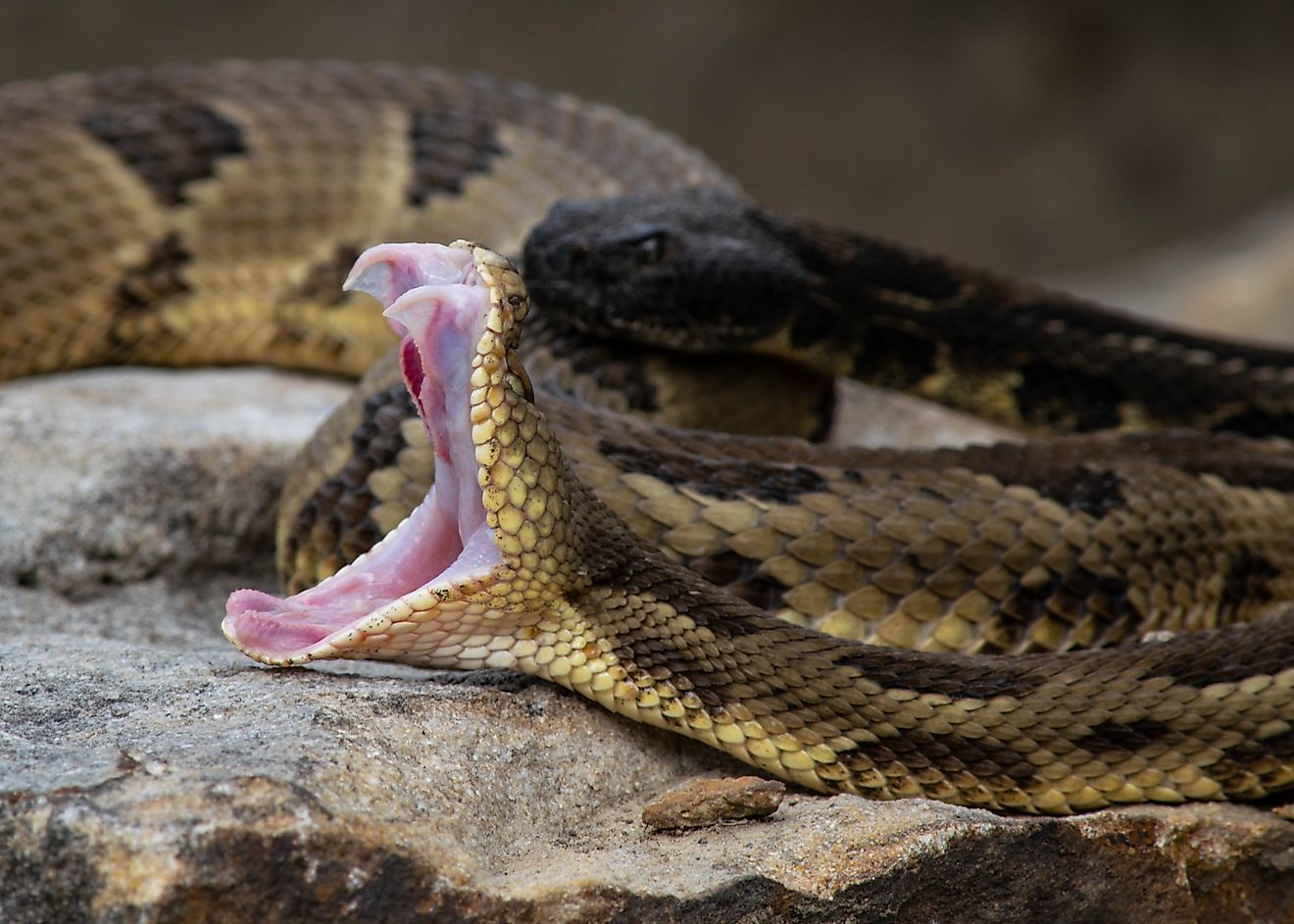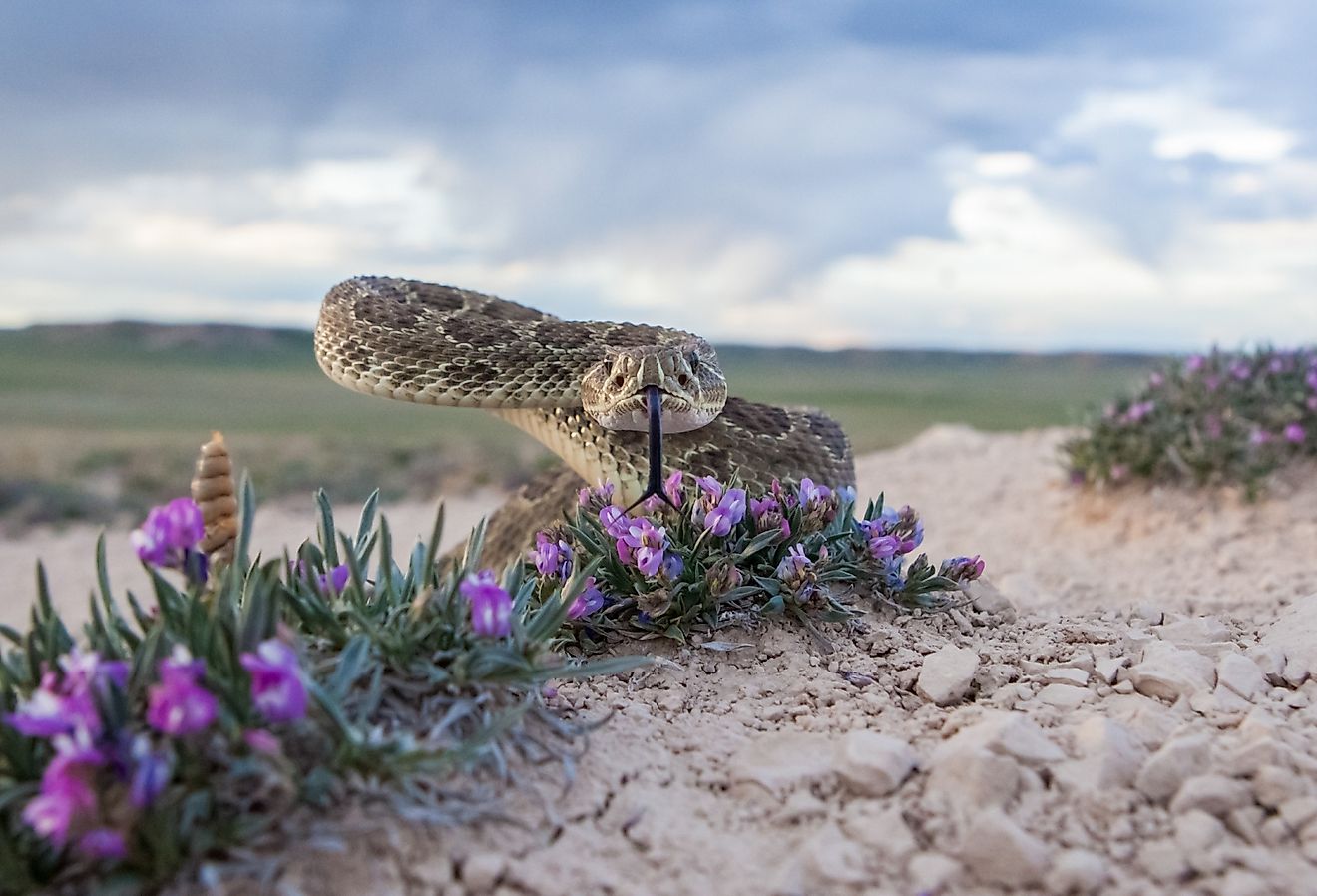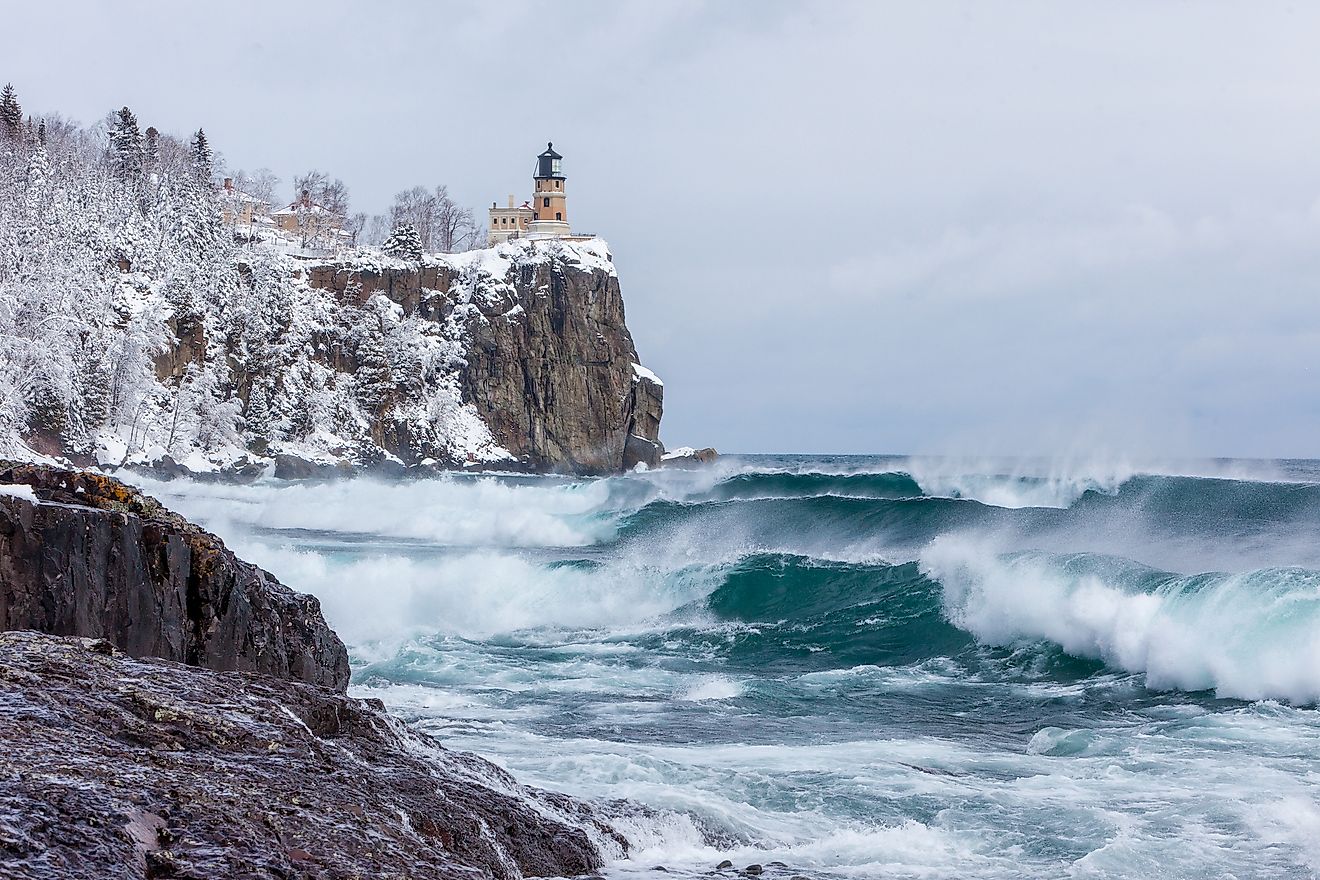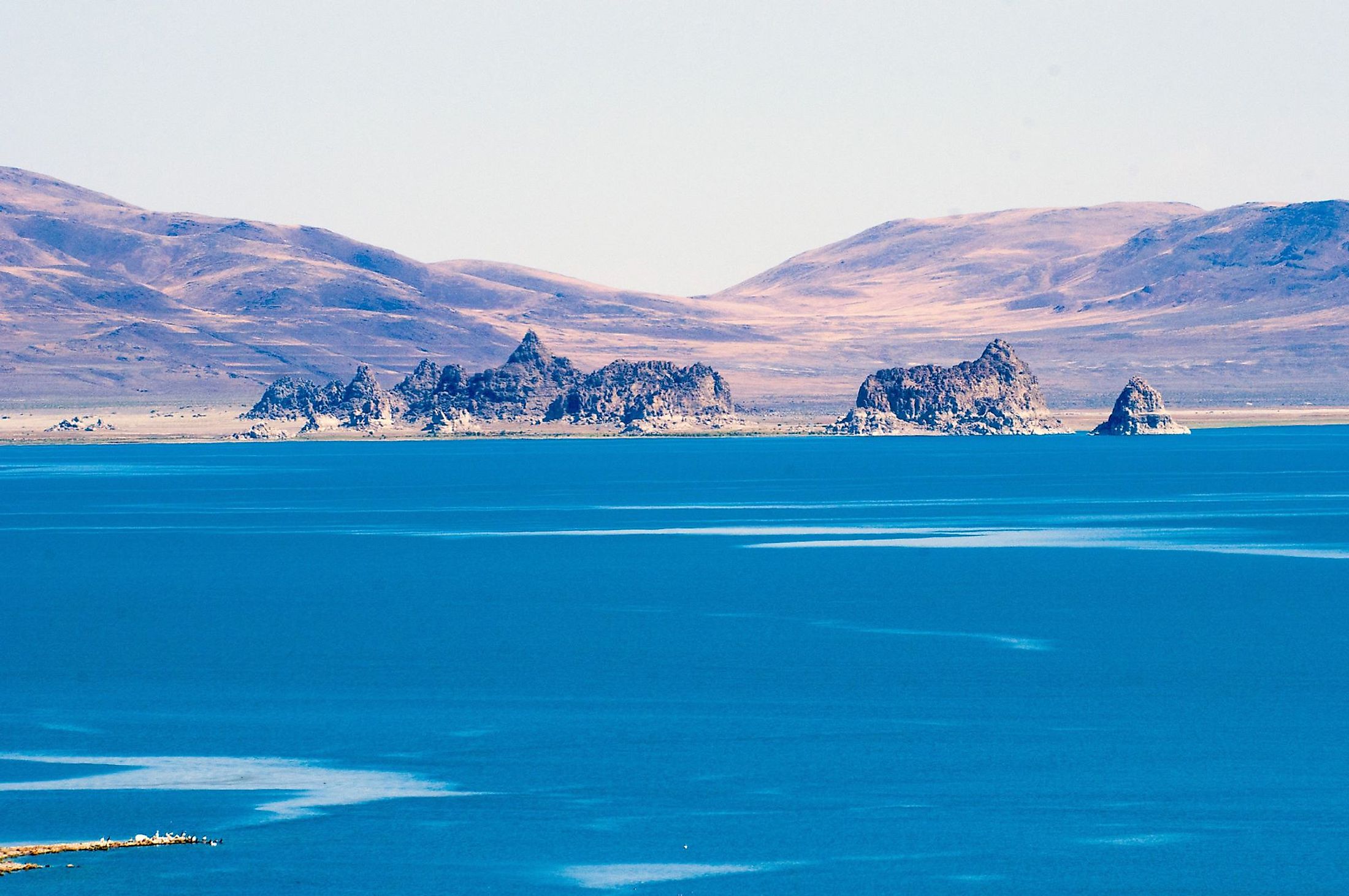
Pyramid Lake, Nevada
Pyramid Lake is the largest surviving portion of historic Lake Lahontan, the enormous inland sea that formerly engulfed most of Nevada. It is frequently cited as the most stunning desert lake in North America, but its world-class fishing is what has made it so well-known. Pyramid Lake's color varies depending on the prevailing sky, going from shades of blue to grey. The Stone Mother and other odd rock formations can be found around the lake. Inhabited by over 2,400 Pyramid Lake Paiute Tribe members, Pyramid Lake's significance in the Paiute Indian tribe's history contributes to the mystique and the legends surrounding it.
Geography Of Pyramid Lake
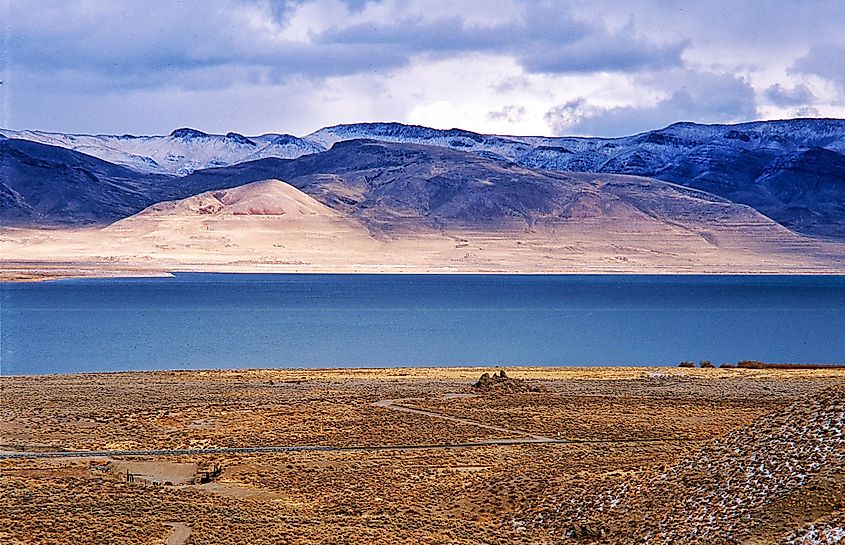
Pyramid Lake is located near the California border in Washoe County in the western part of the US State of Nevada. It is situated within the Pyramid Lake Paiute Tribe Reservation between the Virginia Mountains on the west, the Lake Range on the east, and the Pah Rah Range on the southwest. To the north are the Smoke Creek Desert and the Fox Range. Pyramid Lake is one of Nevada's largest natural lakes, with a surface area of 125,000 acres. It measures about 14.0km wide and 48.0km long. The Truckee River, which is mostly Lake Tahoe's outflow, feeds Pyramid Lake and is located 64 km northeast of Reno. Pyramid Lake's southern end is where the Truckee River enters the lake. Pyramid Lake is an endorheic lake. It does not have an outlet; water only evaporates or seeps through the ground. The Pyramid, referred to as Fremont's Pyramid and Pyramid Island, is a little island close to the lake's southeast shore. It is less than six miles from the neighborhood of Sutcliffe and around 1.2 miles northeast of Anaho Island.
Geology Of Pyramid Lake
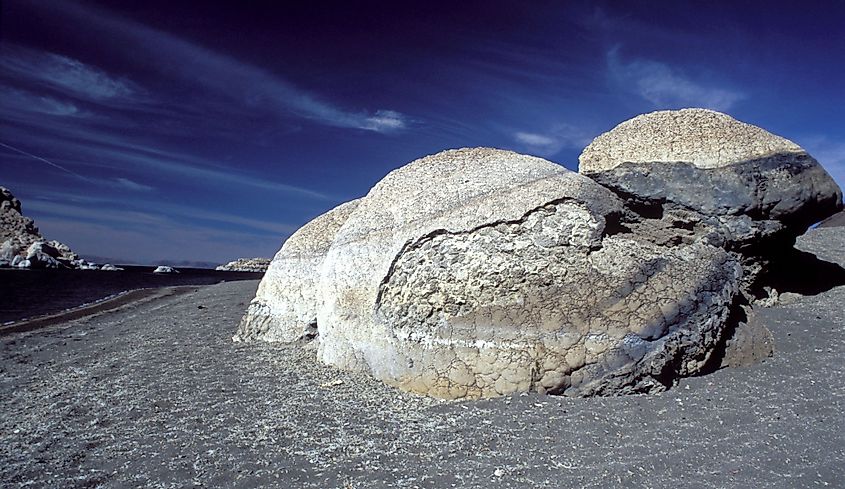
Some of the most impressive tufa deposits on Earth can be found in Pyramid Lake. Tufa is a calcium carbonate rock that develops at the spring mouth, from lake water, or from a combination of spring and lake water. Between 26,000 and 13,000 years ago, when the environment was significantly wetter and Pyramid Lake was connected to lakes in surrounding subbasins, most of the tufas formed. Fremont made the first reference to the tufas in the Pyramid Lake subbasin in scholarly literature but erroneously thought they had originated above water. When springs emerged from Pyramid Lake's floor, they supplied calcium, which reacted with the carbonate already dissolved in the lake's water to produce tufa mounds. The thickest tufa deposits developed close to ground-water discharge locations at lake bottoms and at overflow altitudes where the lake level was maintained for extended periods at nearly constant levels.
Brief History Of Pyramid Lake
According to archeological data, human populations inhabited this region between 9500 BCE and 1400 AD. Tools, weaponry, clothing, food, and mummified bodies have all been found in the area during excavations. Due to the fish that helped keep the population alive, the Paiute people of this area refer to themselves as Cui-ui eaters. Cui-ui Pah is the lake's indigenous name. The Paiute people of Pyramid Lake consider a nearby tufa rock formation known as the "Stone Mother" to be a key spiritual location and to be the source of the lake's creation story. When the explorer-soldier John C. Frémont visited the area in 1844, he gave the lake its name after the largest of the lake's volcanic islands.
Wildlife In Pyramid Lake
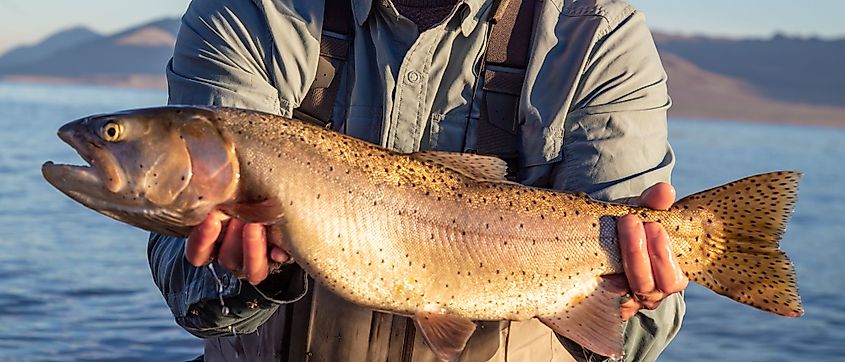
A sucker fish called a cui-ui, which feeds mostly on zooplankton, algae, and insects, spends most of its time near the beach and the lake bottom. Since cui-ui is only found in Pyramid Lake, its preservation is a top concern. Fishing for it is prohibited because it is currently categorized as endangered. Tahoe suckers, another sucker fish that inhabits Pyramid Lake, are substantially more widely distributed than Cui-ui suckers. If caught while fishing, it is advised to release them back into the water just in case, as they are frequently mistaken for the endangered Cui-ui. The most common fish in Pyramid Lake are tui chubs, which may be easily identified even from the surface because they cluster in big groups. Moreover, the largest fish to be found in Pyramid Lake is the Lahontan cutthroat trout. Numerous waterbirds get the chance to stop over at the lake while they are migrating. Numerous species of ducks, including Clark's and Western Grebes, Eared Grebes, American White Pelicans, and others, migrate through the area. Although there are a few riparian and wetland habitats, desert shrubs predominate in the plant groups that surround the lake.
Recreation And Restrictions In Pyramid Lake
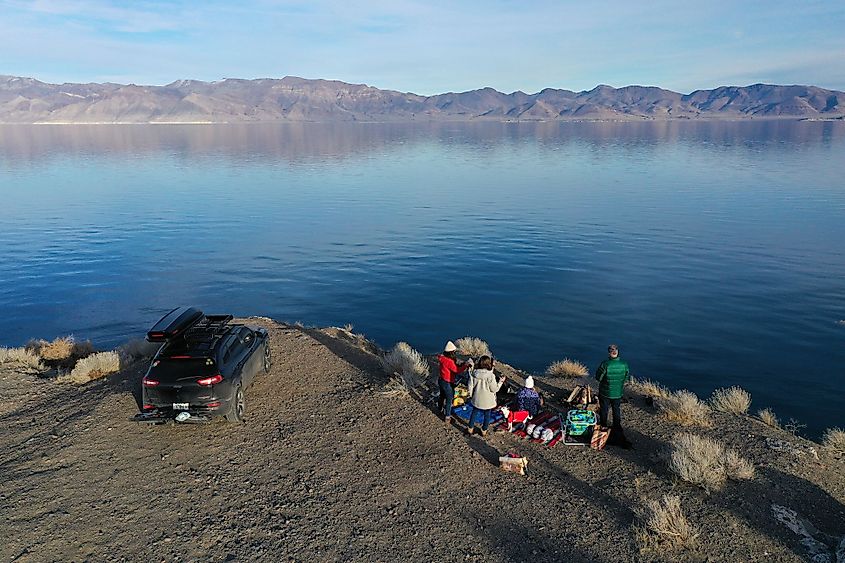
Summertime recreation is a significant factor in the Paiute Tribe's economy. Pyramid Lake is a well-known camping, fishing, and boating destination. Sadly, the Paiute restricted public access to some lake areas in 2011 owing to the destruction of sacred sites. After campers destroyed ecologically sensitive sites, the Paiute Tribe raised permit charges to help pay for extra rubbish removal. A Tribal Fishing and Boating Permit from the Paiute Tribe is required to go fishing. Through its fish hatchery activities, the Paiute Tribe actively contributes to preserving and maintaining native fish species populations.
Pyramid Lake in Nevada is a true gem that has been entirely preserved by the Pyramid Lake Paiute Tribe, keeping it unspoiled by modern civilization. The stunning clear water and recreational opportunities within and around the lake are worth getting up for.
